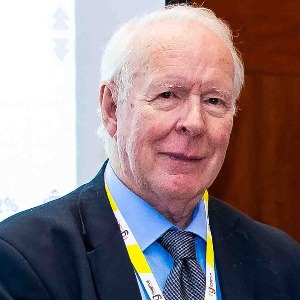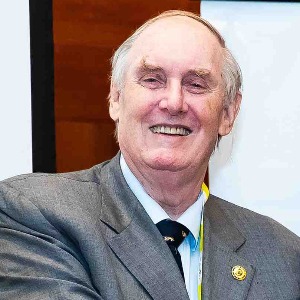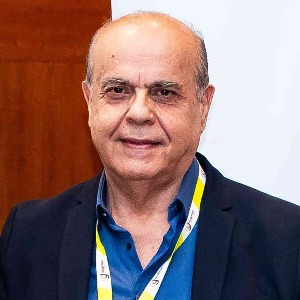CAD/CAM in dentistry
CAD/CAM technology refers to the use of computers to create and manage dental restorations. It allows dentists to digitally design and fabricate dental restorations such as crowns, bridges, veneers, and dentures. CAD/CAM technology uses computer-aided design (CAD) software to design the restoration and computer-aided manufacturing (CAM) technology to generate machine inputs for fabrication. CAD/CAM technology has revolutionized dentistry by providing dental practitioners with enhanced accuracy and efficiency in the fabrication of restorations. This technology allows dentists to design complex restorations that were difficult or impossible to accomplish using conventional fabrication materials. CAD/CAM technology also reduces the time needed to prepare a restoration, as it eliminates the need for the dentist to fabricate stone and wax models, which were traditionally used in the impressioning process to create a dental restoration. CAD/CAM technology can be used in a variety of dental applications. It can be used to fabricate crowns, bridges, veneers, inlays, onlays, dental implants, dentures, and partial dentures, as well as to fabricate orthodontic brackets and clear aligners. It can also be used to create temporary restorations such as provisional crowns and bridges, which can provide quick relief to patients while permanent restorations are being fabricated. CAD/CAM technology provides dentists with enhanced accuracy and precision during the fabrication and design process through the use of intraoral scanners and computer software. This technology is cost-effective as it requires less material and time for fabrication, and it reduces the need for multiple visits for crown and bridge treatments. Moreover, CAD/CAM technology allows dentists to rapidly create restorations that not only enhance the esthetics of the patient’s smile but also perfectly fit the end result. Overall, CAD/CAM technology provides dentists with a convenient and speedy method to design and fabricate dental restorations. This technology revolutionizes the way dentists practice and offers numerous advantages, such as increased accuracy, improved esthetics, reduced treatment times, and enhanced patient comfort.

David Geoffrey Gillam
Queen Mary University of London, United Kingdom
Christopher Turner
Spacemark Dental, United Kingdom




Title : Evaluating hygienist follow up for head and neck oncology patients in secondary care: Results from a two cycle audit
Peter Basta, Newcastle Dental Hospital, United Kingdom
Title : Atypical facial pain unravelled
Christopher Turner, Spacemark Dental, United Kingdom
Title : New treatment of temporomandibular disorder through muscle balance and muscle regeneration by activation of quiescent muscle stem cells( satellite cells) with mitochondrial dynamics
Ki Ji Lee, National Reserach Foundation & Busan Medical University, Korea, Republic of
Title : MRONJ and ORN: Referral or management in primary care? Navigating guidelines in the context of long waiting lists
Alisha Sagar, NHS England, United Kingdom
Title : Managing the unexpected: An Insight into supernumerary teeth
Bahar Gharooni Dowrani, Guy's and St Thomas' NHS Foundation Trust, United Kingdom
Title : Laxative prescribing for post operative head and neck cancer patients at Derriford Hospital
Pui Sze Kylie Li, Cardiff and Vale University Health Board, United Kingdom